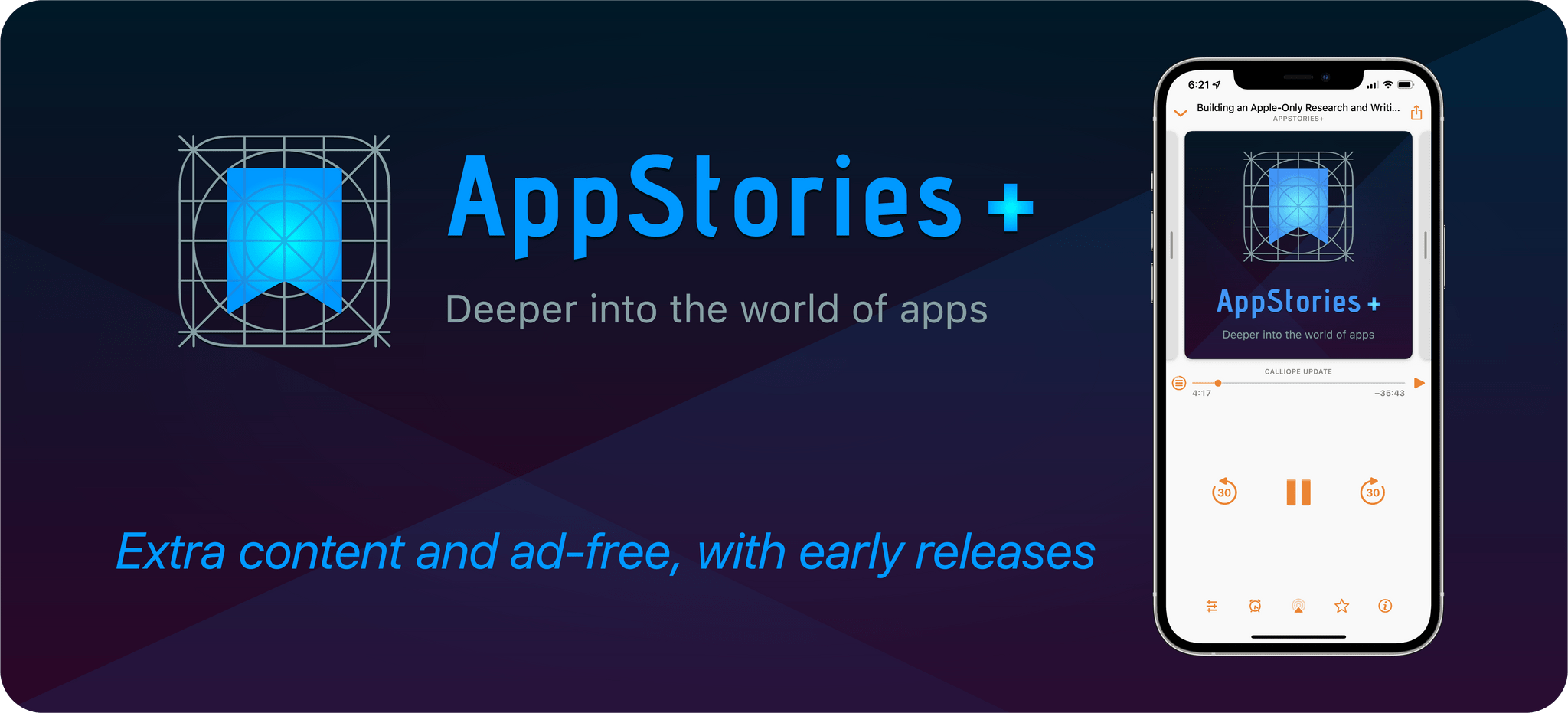
 AppStories
AppStories 5 for 5: Five Predictions, Five Years
25 snips
Feb 23, 2025 The hosts dive into five bold predictions about app trends over the next five years. They highlight the surge of AI integration, making user interactions with apps more intuitive. The conversation shifts to App Intents, exploring their potential to transform app development within Apple's ecosystem. They also discuss the future of the App Store, considering how it might evolve into a more developer-friendly platform. Finally, they reflect on Apple's shift from hardware focus to a service-oriented model in a competitive landscape.
AI Snips
Chapters
Transcript
Episode notes
Unified Chatbot Interfaces
- Large language model chatbots will remain.
- Model selectors within chatbots will disappear in favor of unified, simpler interfaces.
AI as a Feature
- AI will integrate seamlessly into apps, becoming a standard feature.
- Users won't necessarily know if an app uses AI, similar to how API usage isn't always apparent.
App Intents' Growing Importance
- App Intents will become increasingly important for developers.
- Apple will leverage them for AI integration and home devices.

